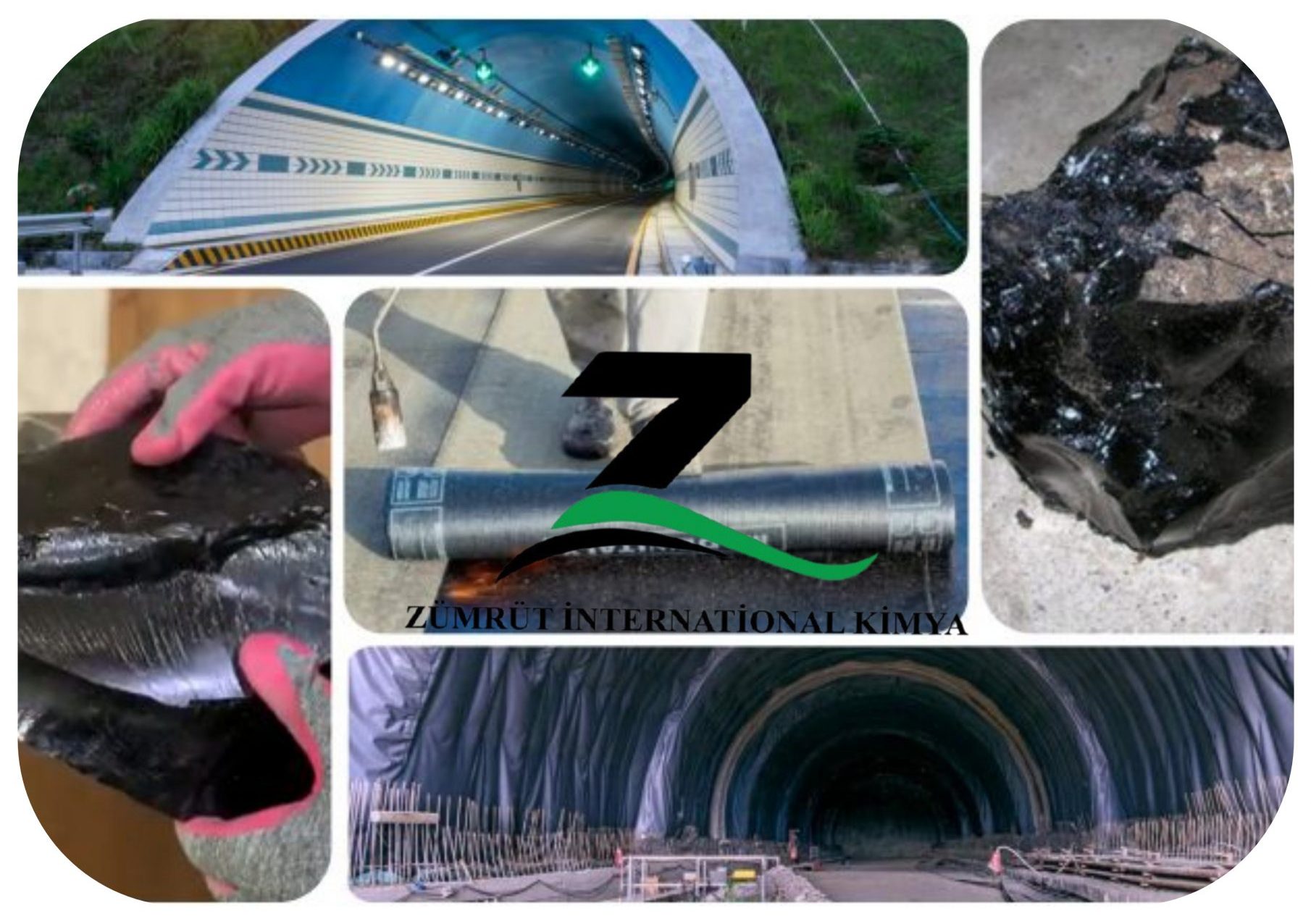
Usage in insulation Description
Oxidized bitumen is one of the key products in insulation, used in almost all construction and industrial projects, thanks to its special characteristics. This article discusses how oxidized bitumen applies to insulation, its characteristics, advantages, and how to work with it.
Why is Oxidized Bitumen Ideal for Insulation Applications?
Oxidized bitumen is perfectly suited for insulation applications due to its unique characteristics. The specialized production process, which involves infusing regular bitumen with air, significantly enhances its physical and chemical properties. One of its standout features is its exceptional resistance to water penetration, ensuring that the surface beneath the insulation remains completely dry.
Additionally, oxidized bitumen is highly resistant to extreme temperature fluctuations. Whether exposed to very cold or very hot conditions, it maintains its integrity without cracking or softening, making it reliable in diverse environments.
Another notable advantage of oxidized bitumen is its flexibility. It adapts well to applications and structures subjected to pressure or environmental stress. Furthermore, its resistance to a broad range of chemicals, including acids and alkalis, makes it a practical choice for industrial settings and environments exposed to harsh substances.
Applications of Oxidized Bitumen in Insulation
Roofing Insulation
Oxidized bitumen forms part of the roofing insulation, particularly bituminous membranes. The membranes form a protective coating that repels water and moisture and does not allow them to enter the layer of insulation, hence the lengthening of the life of the roof and even its performance.
Base and Foundation Insulation
In underground work, oxidized bitumen is used to insulate foundations and building bases. It effectively repels groundwater as well as water from penetrating into concrete structures, reducing the potential for structural degradation in the long run.
Tank and Tanker Insulation
Bituminized oxidized bitumen finds widespread application as an internal and external coating in water, fuel, and chemical storage tanks. Its corrosion- and leak-resistant nature guarantees the overall integrity of the storage system with a longer lifespan.
Pipeline and Channel Insulation
Water transmission pipes, metal, and concrete pipes also have oxidized bitumen coating for protection. It insulates and provides a barrier against water pressure, moisture, and nature, extending the life of the structure and eliminating leaks.
Insulation of bridges and tunnels
Oxidized bitumen is an efficient waterproofing and insulating material in critical buildings such as tunnels and bridges. It extends the life of the building by drying it, reducing maintenance, and extending its years of life.
Advantages of using oxidized bitumen in Insulation
High strength and long lifespan: can tolerate moisture, high temperature, and pressure
Low maintenance needs: reduces long-term repair and maintenance costs
Easy and smooth application: applied with simple heating and coating on surfaces
Low cost: low cost in the initial stages and cost-efficient in the long run
Environment friendly: recyclable and encourages sustainable building practices
How to apply oxidized bitumen for insulation?
To use oxidized bitumen as an insulator, the process begins with cleaning, drying, and ensuring the surface is dust and damp-free. It is supplied in solid form, so it needs to be heated to a usable temperature before application. It can then be applied to the prepared surface with the use of tools such as trowels or sprays. In case several layers are needed for extra strength and durability, these depend on the specific needs of the project.
Challenges and limitations in the use of oxidized bitumen
- Vulnerability to poor installation: If installed badly, it may crack or not work the way it is intended to.
- Heat application requirement: Heating of bitumen in some projects is time-consuming.
- High weight: Lighter structures may need more checks.
Summary
Oxidized bitumen is one of the best choices in several projects owing to its insulation properties. This type of material is a sure shot as it is resistant to water, durable in various environmental conditions, and financially viable. With proper application of oxidized bitumen, it is possible to extend the service life of structures and eliminate additional costs.
FAQs
1. At what temperature is it possible to use oxidized bitumen?
The oxidized bitumen can perform optimally in the range of -10 to +70 degrees Celsius.
2. Can oxidized bitumen be used in wet conditions?
Yes, this is the very material designed not to allow water and moisture to pass through.
3. Is oxidized bitumen environmentally friendly?
Yes, it has hardly any impact on the environment if recycled correctly.

